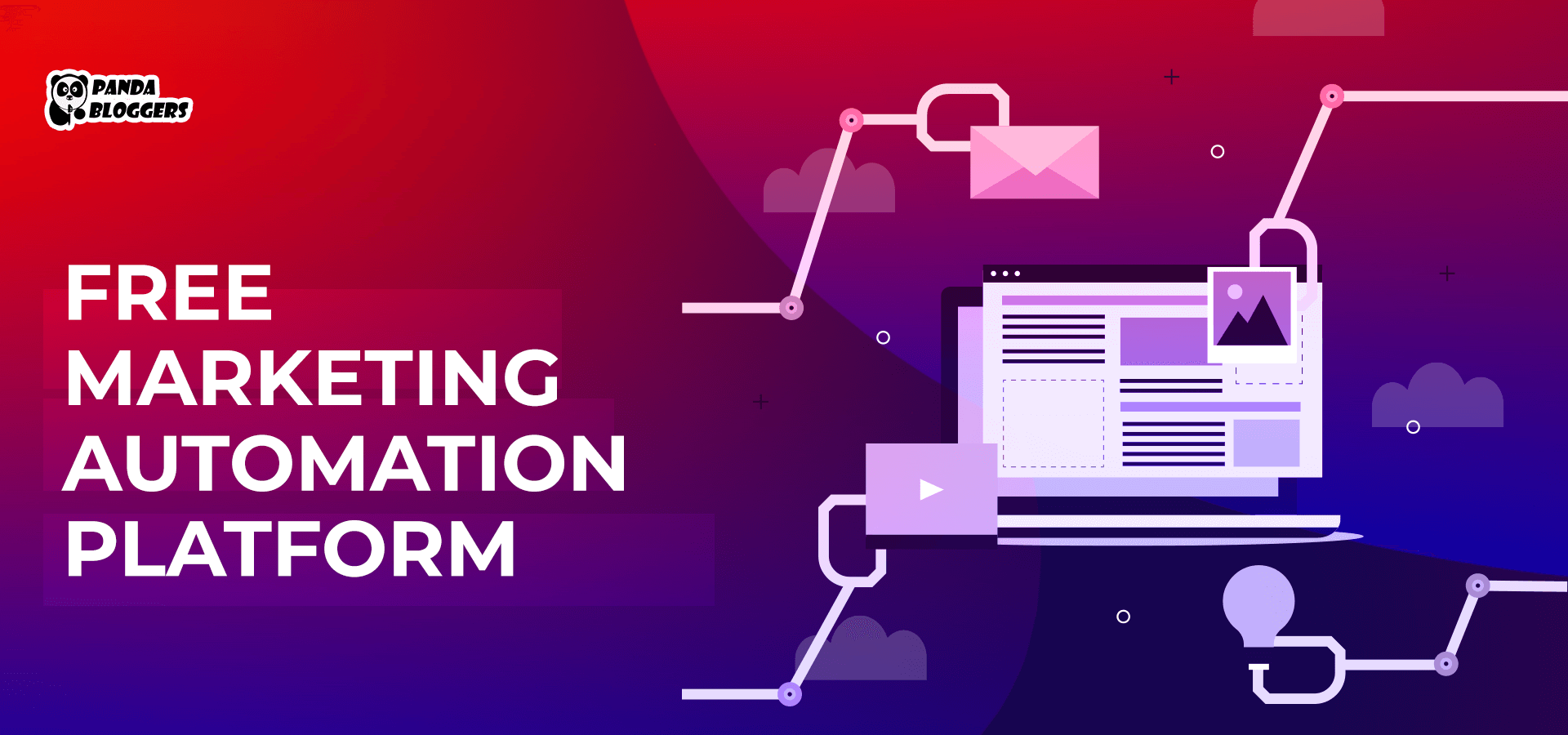 10 Hot Programming Trends That You Cannot Miss
10 Hot Programming Trends That You Cannot Miss
Software programmers want to build custom software applications, according to specific business requirements, without writing longer lines of code. At the same time, they also need to focus on keeping the code base readable, structured and maintainable. So the software developers have to keep track of the most recent programming trends to boost their skills, efficiency and proficiency.
Important Update: This is 2020 June: I was trying to update the old post and realized that most of the trends have changed completely. So I chose to write a new post on this topic. Please feel free to visit the new post for the latest programming trends in 2020 and beyond.
10 Hot Programming Trends to Look for in 2016
JVM-based Functional Programming Languages
A number of surveys have highlighted that Java is currently the most popular programming language. We are also witnessing a gradual increase in the popularity of JVM-based programming languages like Scala, Lisp, Clojure and Groovy. So the programmers will start using JVM-based programming languages more in near future.
NoSQL Databases
At present, NoSQL databases are not as popular as SQL databases. But the number of large brick and mortar businesses using NoSQL is increasing consistently. NoSQL databases further make it easier for small businesses and start-ups to leverage several advantages of cloud computing including cost and scalability. That is why; many analysts believe that programmers will be required to write code to perform a variety of critical operations thorough NoSQL.
Real Time Information and Analytics
Many businesses nowadays opt for real time software applications. The advanced real-time analytics further enable businesses to deal with suppliers, customers and employees in a more efficient way. So the programmers will have to develop applications with innovative features to take advantage of the real-time information and analytics. The real-time analytics will further completely transform the way enterprise applications were designed, developed and deployed.
Backend as a Service
Many enterprises have already launched fully self-managed applications. They require programmers to build applications that take advantage of cloud storage, user administration, push notification and similar third-party services. So the programmers will soon develop applications that use backend as a service (BaaS) to manage their key operations. BaaS will help developers to create applications that meet specific requirements of clients, while managing the baseline features and project overheads through third-party services.
Responsive Web Design
Many businesses have already adopted responsive web design to enhance their websites’ accessibility and usability across a wide variety of devices. More businesses will soon adopt the new web design approach to deliver richer browsing experience to each user regardless of his device. So the web developers have started creating websites and web applications using open technologies like HTML5, CSS3 and JavaScript in future. At the same time, they also need to focus on comprehensive software testing to assess the web application’s quality and user experience accurately.
JavaScript 6
At present, JavaScript is the most popular client-side programming language. Many developers even prefer building isomorphic applications by writing both client-side and server-side code in JavaScript. JavaScript 6 was released in June 2015 with several new features to simplify development of modern web applications. Most modern web browsers have already started supporting the current version of JavaScript. So the web developers will soon take advantage of the new features provided by JavaScript 6 including classes, modules, string interpolation, and simplified closure syntax. They will also use transpilers like Babel to make the features work on all web browsers by converting the JavaScript 6 code into JavaScript 5 code.
Material Design
Google has made material design popular among businesses across the world. Many enterprises will soon switch to material design in near future to make their applications more appealing and user-friendly. So the programmers need to take advantage of various aspects of material design to make the digital components look attractive and different. At the same time, the developers have to complement material design with innovative UI design patterns, while focusing on the application’s responsiveness and user interactions.
Image Generation and Management
In 2016, most businesses will adopt new image generation, deployment and management techniques. The advanced services like Docker and Packer have already enabled businesses to generate custom machine images based on different versions of operating systems, frameworks, programming languages and libraries. These services further help businesses to overcome the issues associated with cloud storage and localized development stacks. So programmers will soon generate containers or machine images to generate new services by replicating the existing services.
Cross-Platform Mobile Apps
The advanced cross-platform mobile app development tools allow programmers to create different versions of the same app by targeting multiple mobile platforms through a single code base. So the programmers have to write the code once in a particular programming language. They can use the single code base to build the application for various mobile platforms. For instance, Xamarin allows developers to write the code in C#, and use the same code base to develop mobile app for iOS, Android and Windows Phone. So many businesses leverage the skill of their existing employees for creating cross-platform mobile applications. The programmers will have to create cross-platform mobile apps using a single programming language and the same code base.
Internet of Things
Many analysts believe that Internet of Things will completely change the way software applications are conceived and developed. The programmers will have to build applications in future that communicate with other systems and software through sensors and similar devices. Thus, machine to machine communication will be an integral feature of each software application in future. At the same time, the programmers will also take advantage of artificial intelligence to facilitate the machine to machine interaction. That is why; the programmers will have to adopt a completely different approach while working in Internet of Things projects. Also, they have to coordinate with QA testers continuously to make the application function flawlessly in the connected environments. Here are some recommended programming languages for IoT projects.
However, the programmers must not forget that the programming trends keep changing at frequent intervals. They also need to keep a tab on the top programming languages to learn and grow. Also, the programming trends keep on changing because of technology, innovation and industries. So it is important for programmers to keep track of the emerging programming trends on a regular basis.
This Blog was originally published on April 21st 2016 at https://medium.com/@abhijitpanda/10-hot-programming-trends-that-you-cannot-miss-6aae7de142cb









Oh my goodness! a tremendous article dude. Thanks However I’m experiencing problem with ur rss . Dont know why Unable to subscribe to it. Is there anyone getting identical rss drawback? Anybody who knows kindly respond. Thnkx
Thanks for bringing this into my notice, will take a look
This is very helpful Abhijit
That is the proper blog for anyone who wants to find out about this topic. You understand a lot its virtually laborious to argue with you (not that I really would want匟aHa). You undoubtedly put a new spin on a topic thats been written about for years. Great stuff, simply nice!